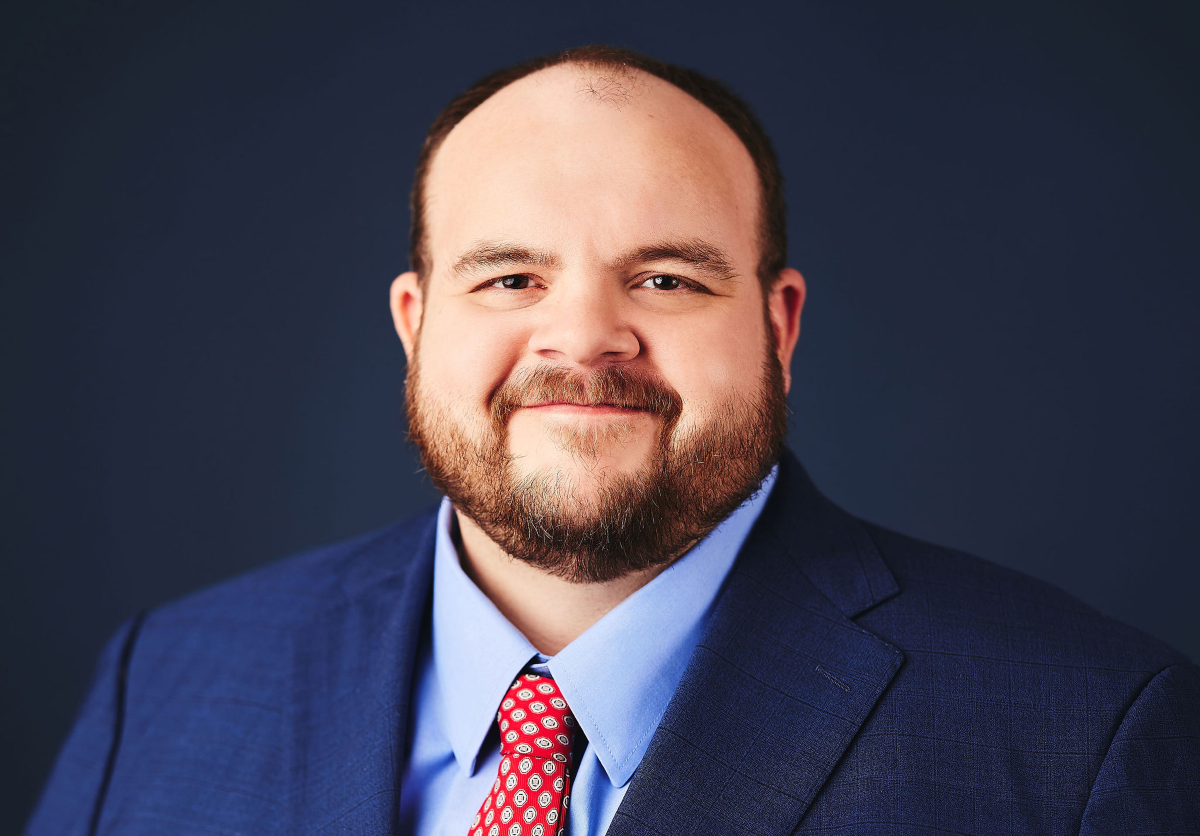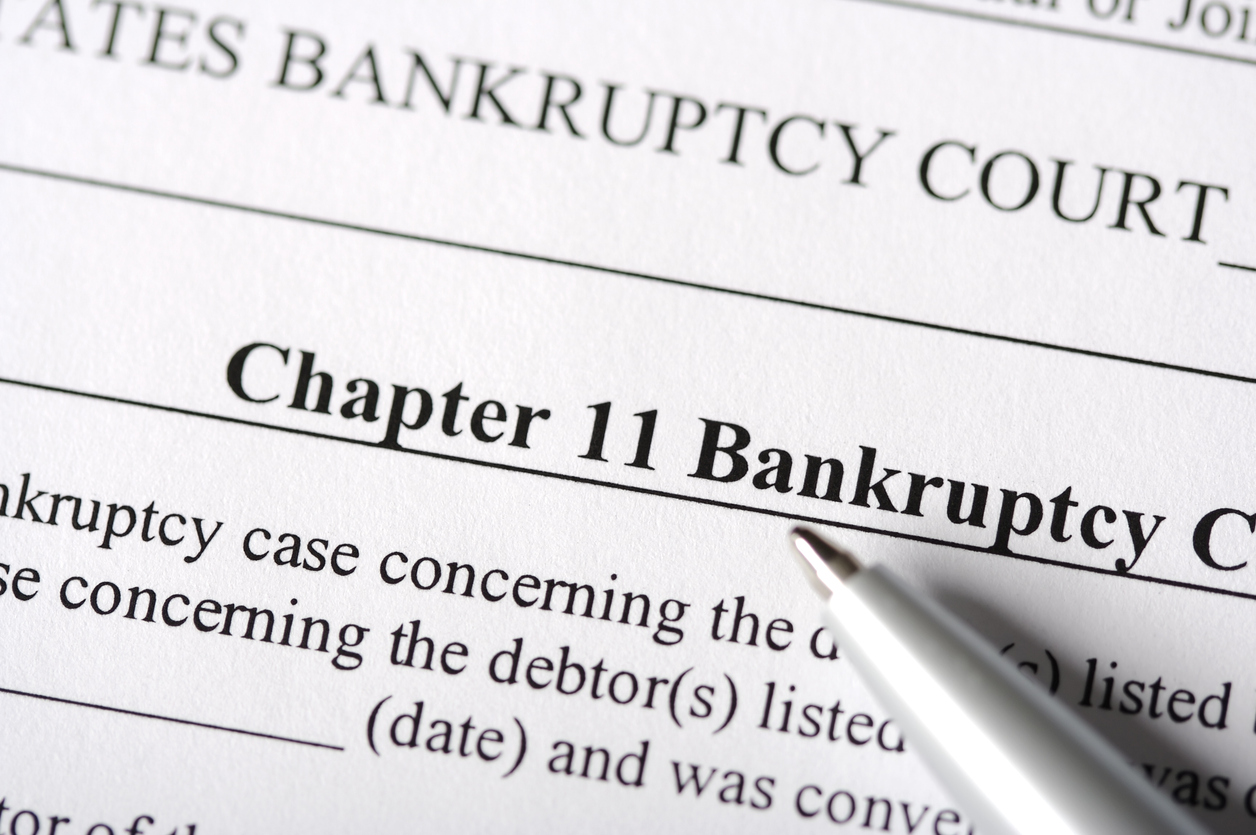Merlin Law Group attorney Jason Cieri and I were discussing recent cases in Connecticut. There will be a Connecticut Association of Public Insurance Adjusters meeting tomorrow. One case in particular piqued my interest because a policyholder was awarded a million dollars by a jury following a fire claim where the insurer wrongfully accused the policyholder of arson.1
Jury instructions can be very helpful to insurance practitioners. We make a practice of collecting as many as we can. In this particular case, the policyholder filed the following jury instruction regarding the emotional distress claim:
In addition to the breach of contract claim, the plaintiff makes a claim of negligent infliction of emotional distress. There are three elements that the plaintiff must prove for a finding of negligent infliction of emotional distress: 1) the defendant engaged in conduct that the defendant should have realized involved an unreasonable risk of causing emotional distress and that that distress, if it were caused, might result in illness or bodily injury; 2) that such conduct caused emotional distress to the plaintiff; and 3) the distress was of such a nature as might result in illness or bodily harm.
As to the first element, that is, that the defendant engaged in conduct that the defendant should have realized involved an unreasonable risk of causing emotional distress and that that distress, if it were caused, might result in illness or bodily injury, the plaintiff need not prove that the defendant intended to cause any harm or distress to the plaintiff but only that the defendant should have known that it was likely that a reasonable person under the circumstances would be distressed by the conduct and that that distress might result in illness or bodily injury. As to the second and third elements, you must determine whether the plaintiff actually experienced fear or distress, and if so, whether the fear or distress experienced by the plaintiff was reasonable in light of the conduct of the defendant. If you find that it was reasonable for the plaintiff to experience distress in light of the conduct of the defendant, then the plaintiff is entitled to prevail and you can go on to consider damages. Conversely, if any distress experienced by the plaintiff was unreasonable in light of the defendant’s conduct, then you cannot find in favor of the plaintiff on this count and you must return a verdict for the defendant.
In this case, the plaintiff has alleged that the defendant wrongfully accused the plaintiff of arson and of making material false statements, that the defendant refused to provide any basis for its claims or to divulge any aspect of its fire investigation, that the defendant wrongfully denied coverage to the plaintiff for his loss and refused to pay him. The plaintiff alleges that as a result of the defendant’s conduct he suffered severe emotional distress.
This jury instruction relied upon a previous Connecticut Supreme Court case2 upholding emotional distress damages following a wrongful denial based on arson. The opinion stated:
The defendant next claims that the plaintiff failed to prove that the defendant negligently inflicted emotional distress on the plaintiff. The defendant contends that there was insufficient evidence to prove the following elements of the cause of action for negligent infliction of emotional distress: (1) the defendant’s conduct created an unreasonable risk of causing the plaintiff emotional distress; (2) the plaintiff’s distress was foreseeable; (3) the emotional distress was severe enough that it might result in illness or bodily harm; and (4) the defendant’s conduct was the cause of the plaintiff’s distress. The plaintiff contends that there was sufficient evidence for the jury reasonably to reach its verdict, and, therefore, the jury’s verdict should be upheld. We agree with the plaintiff.
As set forth in part I of this opinion, the jury reasonably could have found that the defendant’s arson investigation had been hasty, incomplete and ill-reasoned. Further, the jury could have found that the defendant’s investigation was improperly motivated in that Haynes was motivated to find arson in order to ensure his continued employment by the defendant. In addition, the plaintiff’s testimony that he had been referred to as a black man and a ‘son of a bitch’ could have led the jury to find that the plaintiff’s race might have played a role in the defendant’s conclusion of arson.
Cases where insurance companies accuse their own customers of fraud are inherently emotional. While arson for profit or malice is never right, making certain that a customer is not wrongfully accused of a crime is the insurance company’s responsibility. But I am not so certain adjusters in the fraud and SIU departments spend a lot of time thinking about the emotional impact they can make on a policyholder if they negligently do their job and make such accusations.
Lawyer and law professor Alan Dershowitz was wrongfully accused of a crime and despite being involved in hundreds of such cases and studying thousands of them, he did not realize the emotional impact until he was personally accused:
I thought I understood what it must feel like to be falsely accused. As a child, I read the biblical story of Joseph, who was falsely accused of attempting to rape Potiphar’s wife. I recall wondering what it must have been like for Joseph to be in prison, knowing he had done nothing wrong. On an intellectual level, I could understand what it must feel like to have people think that you are guilty of a heinous crime when you know you are innocent. But until it happened to me, I would have no real comprehension of what it actually feels like, on an emotional level. My education is now complete: I understand—really understand—why it is so important to protect the innocent as well as to punish the guilty. Now I feel the need to redouble my efforts on behalf of the falsely accused, as I have been one of them.3
In, The Mind Of The Insurance Fraud Adjuster And Investigator, I made the following remarks:
Some may question why I spend time studying the insurance company’s perspective. From my viewpoint, even a broken clock is right twice a day. And, I need to understand the mind of my opponent and anticipate his actions to do a better job for my clients.
…
Guy ‘Sandy’ Burnette invited me to speak at the International Association of Special Investigation Units over a decade ago. I was the token insurance attorney for policyholders. During my presentation, I cautioned that the two major human problems facing fraud investigators would be the issue of wrongly accusing innocent people of fraud and the tendency of some in an investigative role to view everybody as a potential crook. Well-meaning or not, seventeenth century witch hunts can be repeated by modern groups. If all you concentrate upon in life is uncovering fraud, you may start seeing signs of it everywhere.
While not all jurisdictions allow for civil actions for negligent infliction of emotional distress based on the above fact patterns, Connecticut does, and practitioners should research whether such actions can be brought when wrongfully accused of a crime.
Thought For The Day
I wish I had said ‘some athletes here are competing unfairly.’ It was my opinion, never an accusation.
—Bob Costas
________________________
1 Riley v. The Travelers Home & Marine Ins. Co., 333 Conn. 60, 214 A.3d 345 (Conn. 2019).
2 Carrol v. Allstate Ins. Co., 262 Conn. 433, 815 A.2d 119 (Conn. 2003).
3 https://observer.com/2015/04/how-it-feels-to-be-falsely-accused/




